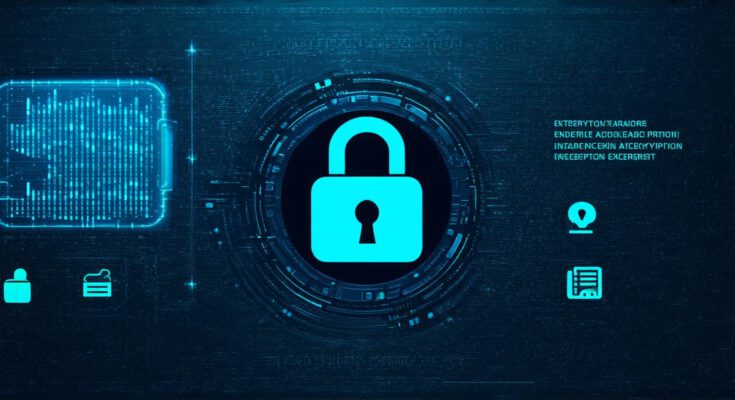As technology continues to advance and more sensitive data is stored online, cybersecurity has become an increasingly important concern. One of the key players in this field is the cryptographer, who uses their expertise in encryption and decryption to protect valuable information from hackers and other malicious actors.
Responsibilities of Cryptographers
Cryptographers are responsible for designing and implementing secure communication systems that protect sensitive data from unauthorized access. This includes developing encryption algorithms that can scramble data into a format that is difficult to decipher without the appropriate key, as well as creating digital signatures that verify the identity of the sender.
Skills Required for Cryptographers
To excel as a cryptographer, you will need to possess a strong background in computer science, mathematics, and information security. You should be well-versed in a variety of programming languages, including C++, Python, and Java, as well as have experience working with complex algorithms and data structures.
Challenges Faced by Cryptographers
Despite the importance of their work, cryptographers face a number of challenges when it comes to protecting sensitive data. One of the biggest challenges is keeping up with rapidly evolving technology. New encryption techniques and decryption methods are constantly being developed, which means that cryptographers must be able to adapt quickly to stay ahead of the curve.
Real-Life Examples of Cryptography in Action
Cryptography is used in a wide variety of applications, from securing online transactions to protecting government communications. Here are a few examples of how cryptography is being used in real life:
- Online banking: Banks use encryption algorithms to protect customer data during transactions, such as transferring funds between accounts. This helps prevent hackers from intercepting sensitive information and using it for nefarious purposes.
- Secure email: Many email providers use cryptography to encrypt messages in transit, preventing unauthorized parties from intercepting and reading emails.
- Government communications: Governments use encryption to protect sensitive information, such as diplomatic correspondence and military communications.
FAQs About Cryptography
Q: What is the difference between symmetric and asymmetric cryptography?
A: Symmetric cryptography uses the same key for both encryption and decryption, while asymmetric cryptography uses two different keys (a public key and a private key) to encrypt and decrypt messages. Asymmetric cryptography is generally considered more secure than symmetric cryptography, but it can be slower and more resource-intensive.
Q: How do digital signatures work?
A: Digital signatures use a combination of public key cryptography and hashing algorithms to verify the identity of the sender and ensure that the message has not been tampered with during transmission. When a message is signed, it is encrypted using the sender’s private key, which can only be decrypted using their public key.
Q: What is a man-in-the-middle attack?
A: A man-in-the-middle attack occurs when an attacker intercepts communication between two parties, allowing them to eavesdrop on the conversation or even impersonate one of the parties. This can be done using techniques such as SSL stripping and ARP spoofing. To prevent man-in-the-middle attacks, it is important to use secure communication protocols such as HTTPS and TLS.
Conclusion
Cryptography plays a critical role in protecting sensitive data from unauthorized access. Cryptographers are responsible for designing and implementing secure communication systems that can withstand advanced cyber attacks. To excel in this field, cryptographers must possess strong technical skills and be able to adapt quickly to rapidly evolving technology. By using encryption algorithms, digital signatures, and other security measures, cryptographers can help protect sensitive data from hackers and other malicious actors.



